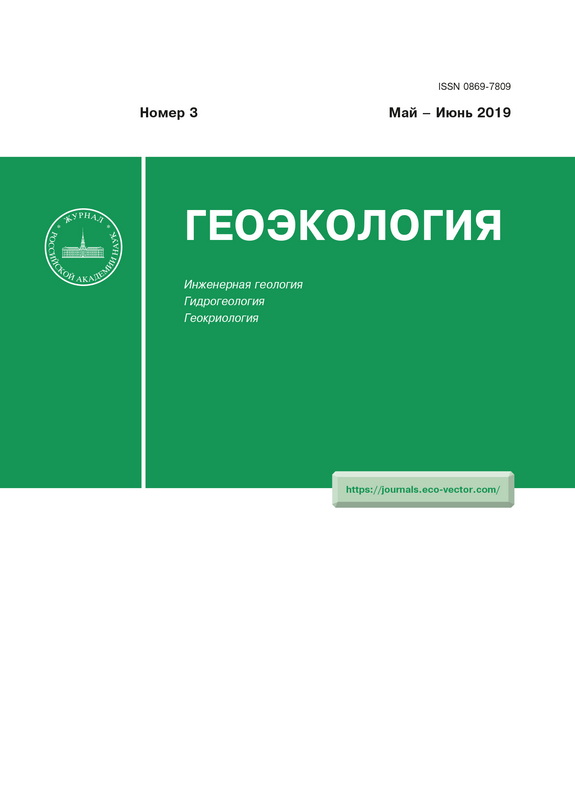Monitoring of Borjomi deposit of carbon dioxide mineral water as the informational basis for the study and revaluation of reserves
- Authors: Sekerina I.N.1
-
Affiliations:
- HYDEC Closed Joint-Stock Co.
- Issue: No 3 (2019)
- Pages: 83-89
- Section: RESEARCH METHODS AND TECHNIQUES
- URL: https://journals.eco-vector.com/0869-7809/article/view/14341
- DOI: https://doi.org/10.31857/S0869-78092019383-89
- ID: 14341
Cite item
Abstract
The results of trial production operation in the Central site of Borjomi mineral water deposit during 2015-2018 are analyzed in this article as an example of using monitoring data for the substantiation of water intake optimal scheme. As a result of work at existing bottling plants, the selection of optimal pumping rates for wells was carried out in several stages. The regime analysis identified three hydrodynamic periods: irregular variable water withdrawal, forced operation conditions of wells, and balanced operations. Water level stabilization in the last operation period with the total water withdrawal 282 m3/day was a base for the water reserves revaluation.
Full Text
About the authors
I. N. Sekerina
HYDEC Closed Joint-Stock Co.
Author for correspondence.
Email: sekerina@hydec.ru
Russian Federation, 15th Pаrkоvaya ul., 10а, Moscow 105203
References
- Vartanyan, G.S., Plotnikova, R.I., Kharatishvili, L.A., Chkhaidze, D.V. Gidrogeologicheskaya model' Borjomskogo mestorozhdeniya mineral'noi vody [Hydrogeological model of the Borjomi deposit mineral water]. Sovetskaya geologiya, 1985, no. 3, pp. 105-113. (in Russian)
- Chikhelidze, S.S. Prirodnyye resursy Gruzinskoi SSSR. Mineral'nye vody [Natural resources of the Georgian USSR. Mineral water]. Moscow, Akad. nayk SSSR Publ., 1962, vol. 3, 438 p. (in Russian)
Supplementary files













